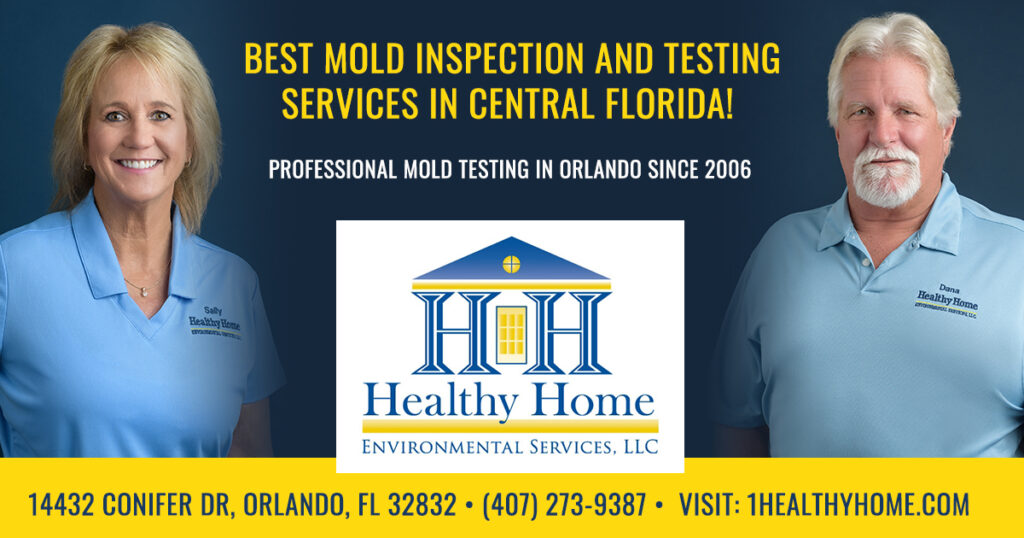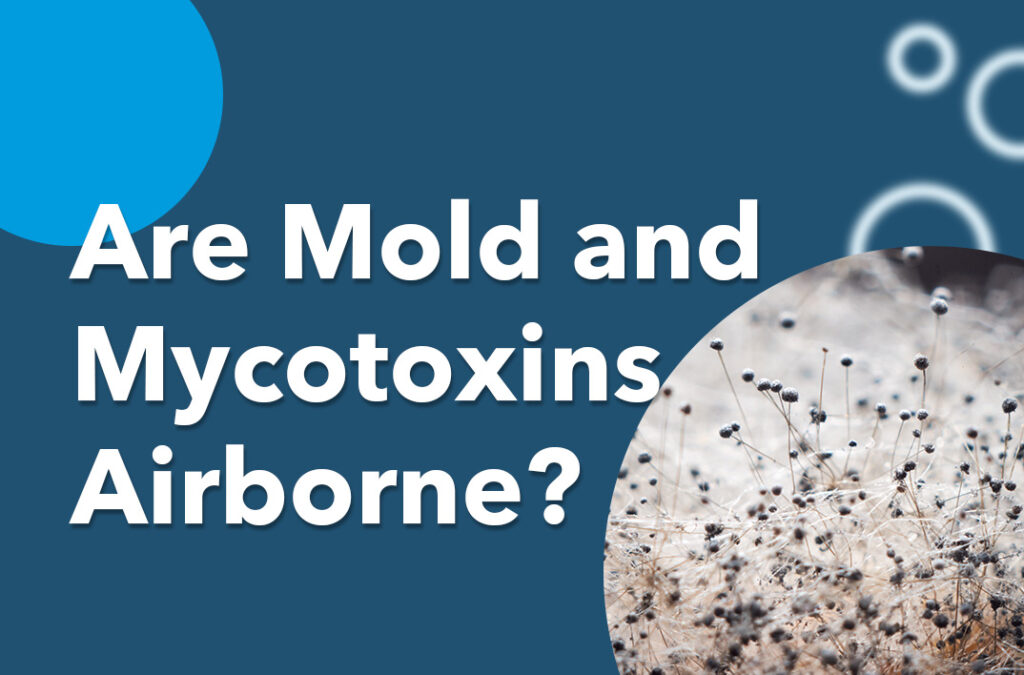Why Mycotoxin Screening Providers Are Vital for Protecting Public Health And Wellness
The importance of mycotoxin testing solutions in securing public wellness can not be overstated. Mycotoxins, harmful compounds generated by fungi, position severe wellness threats such as liver damage and cancer cells when present in food and feed. By recognizing and alleviating these risks through normal testing, we can stop infected items from reaching customers. This not only makes certain compliance with rigid regulative criteria however additionally reinforces customer self-confidence and preserves the honesty of the agricultural sector. Understanding the mechanisms and benefits of these testing solutions opens a crucial conversation about their function in public health and wellness security.
Understanding Mycotoxins
Comprehending mycotoxins is essential for guaranteeing food safety and securing public health. Mycotoxins are toxic substances created by specific sorts of fungis, commonly found in food and feed plants. These fungis can multiply in a variety of conditions, especially in cozy and moist environments, bring about contamination during pre-harvest, storage space, or handling phases. One of the most prevalent mycotoxins consist of aflatoxins, ochratoxin A, fumonisins, and trichothecenes, each with distinctive chemical structures and toxicological buildings.
The existence of mycotoxins in foodstuffs can compromise their safety and security and quality. They are immune to standard food handling techniques, thereby lingering in the food supply chain and positioning prospective threats. Regulative bodies worldwide, such as the Food and Agriculture Organization (FAO) and the Globe Wellness Company (WHO), have set rigid limits on appropriate levels of mycotoxins in foodstuff to mitigate their adverse results.
Efficient mycotoxin monitoring includes detailed surveillance and screening to discover and measure their levels in farming items. This positive approach aids in determining polluted sets early, thus avoiding their intro into the market. Carrying out rigorous mycotoxin controls is essential for preserving food safety standards and protecting customer health.
Wellness Dangers of Mycotoxins

Exposure to mycotoxins postures significant health risks to both pets and people, requiring attentive surveillance and control actions. These harmful secondary metabolites, generated by particular fungis, can infect food and feed, leading to persistent and severe health issues. In human beings, mycotoxins such as fumonisins, aflatoxins, and ochratoxins can create a series of damaging results, consisting of liver damage, kidney poisoning, immune reductions, and even carcinogenic results. For instance, aflatoxins have actually been classified as Team 1 health hazards by the International Firm for Research on Cancer Cells (IARC), indicating a tried and tested web link to liver cancer cells.

Provided these serious health and wellness effects, it is necessary to implement durable mycotoxin screening methods. Precise detection and quantification of mycotoxins in food and feed are vital to reduce health dangers and make certain public and animal safety.
Common Resources of Contamination

In enhancement to grains, nuts such as almonds, pistachios, and peanuts are extremely vulnerable to mycotoxin contamination. Aflatoxins, a potent type of mycotoxin, are commonly found in these nuts, specifically when storage space conditions are suboptimal. Dried out fruits, including apricots, figs, and raisins, additionally present productive grounds for fungal growth as a result of their high sugar web content and moisture-retaining residential properties.
Additionally, contamination is not restricted to raw farming items. Processed foods, pet feeds, and milk items can additionally have mycotoxins if the first components were polluted. This prolongs the threat of exposure throughout the food supply chain, demanding stringent tracking and control measures.
Comprehending the typical sources of mycotoxin contamination is essential for executing effective preventative techniques. Alleviating these dangers at the source can substantially minimize the occurrence of mycotoxin-related health and wellness concerns, safeguarding public health and wellness.
Examining Methods and methods
Advanced logical strategies are employed to spot and measure mycotoxins in various substrates, guaranteeing public health security. High-Performance Fluid Chromatography (HPLC) paired with mass spectrometry (MS) is find out a gold standard in mycotoxin screening, providing high sensitivity and uniqueness.
An additional widely utilized approach is Enzyme-Linked Immunosorbent Assay (ELISA), which uses fast testing and is economical for big example volumes - Mycotoxin testing Services. ELISA sets are helpful due to their ease of usage and quick turn-around time, making them suitable for on-site screening
Experiencing protocols are just as critical. Appropriate tasting makes sure that the accumulated samplings are depictive of the entire set, thus lessening the danger of incorrect downsides or positives. Adherence to established standards, such as those given by the International Organization for Standardization (ISO) and the European Committee for Standardization (CEN), is necessary for keeping consistency and reliability across testing practices.
Strenuous recognition of these methods and techniques is essential. It guarantees reproducibility and precision, consequently strengthening the integrity of mycotoxin administration systems.

Advantages of Routine Testing
In the world of food safety and security and farming quality assurance, the advantages of normal mycotoxin screening can not be overstated. Consistent testing makes certain that farming products satisfy safety standards, thereby shielding consumers from the hazardous results of mycotoxins, that include liver damages, immune reductions, and also cancer cells. By recognizing infected sets early, regular screening permits timely treatment, preventing such items from going into the food chain.
In addition, routine basics mycotoxin screening is critical for maintaining the honesty and track record of food producers and distributors. Companies that dedicate to regular testing demonstrate their devotion to public wellness and food safety and security, thereby acquiring customer count on and commitment. This positive method can also mitigate financial losses associated with product remembers, lawful liabilities, and prospective profession restrictions.
Regular mycotoxin screening guarantees adherence to global and national guidelines, assisting in smooth trade operations and market accessibility. Eventually, regular mycotoxin screening not just shields public health and wellness yet additionally strengthens the financial security and international competitiveness of the farming industry.
Conclusion
Mycotoxin screening solutions play an essential role in public health defense by recognizing and mitigating the risks posed by hazardous fungal substances in food and feed. By discovering contamination early, these solutions protect against major health and wellness problems such as liver damage and cancer cells, ensuring conformity with regulative criteria. Regular screening boosts consumer trust fund, sustains the honesty of the farming industry, and eventually adds to the safeguarding of food security and public health.
The value of mycotoxin testing solutions in guarding public wellness can not be overstated.Understanding mycotoxins is critical for making sure food security and securing public health. Mycotoxin testing Services. Regulatory bodies worldwide, such as the Food and Farming Company (FAO) and the World Health And Wellness Organization (THAT), have set rigid limits on acceptable degrees of mycotoxins in food items to minimize their unfavorable effects
Ultimately, routine mycotoxin testing not just safeguards public wellness but also strengthens the my site economic stability and international competitiveness of the farming field.
Mycotoxin testing solutions play a crucial role in public wellness defense by determining and reducing the threats presented by toxic fungal substances in food and feed.